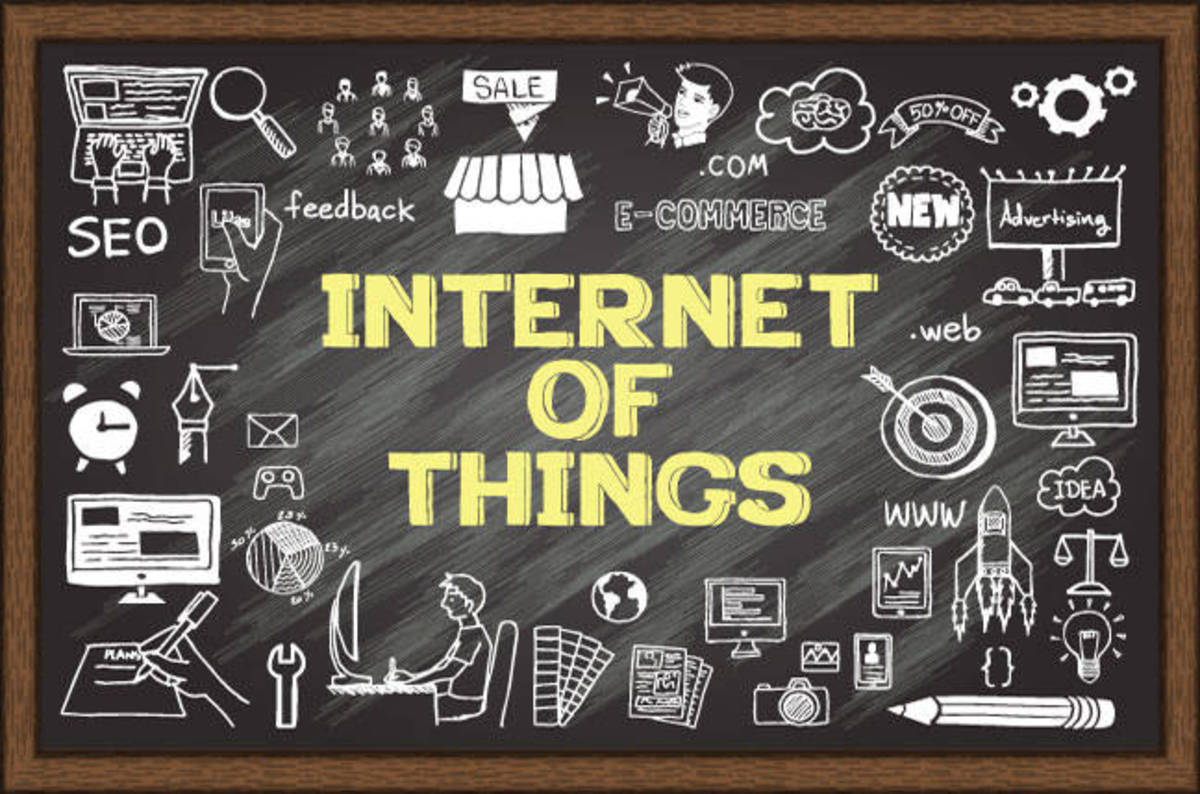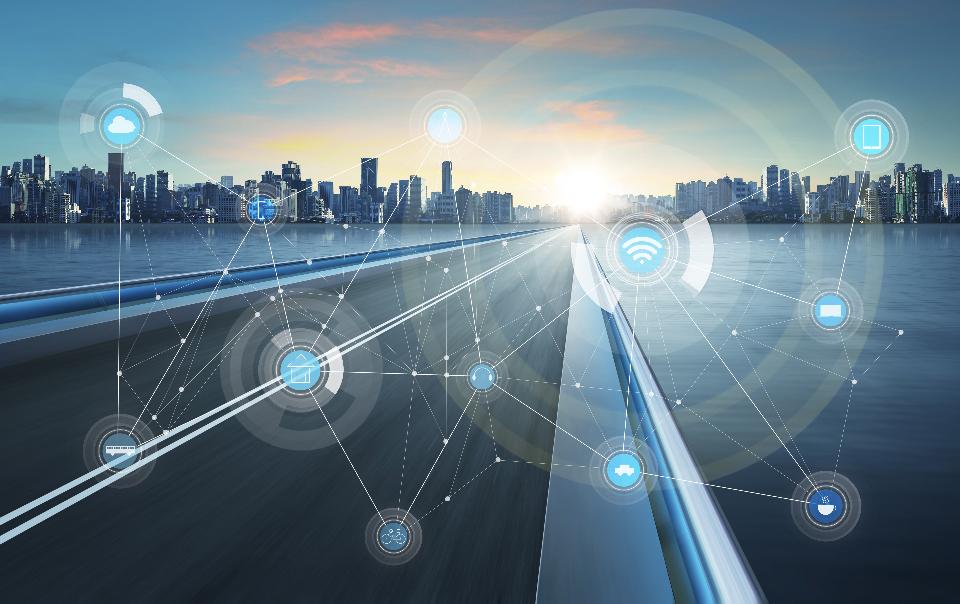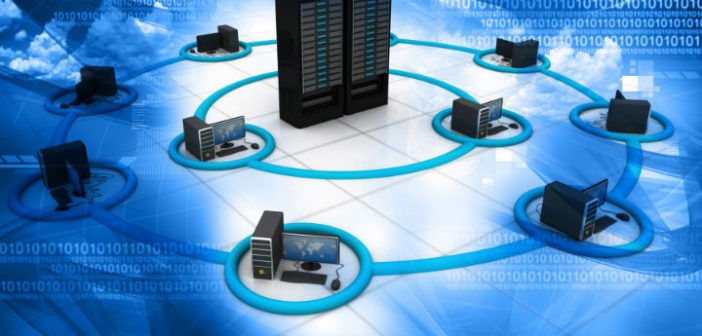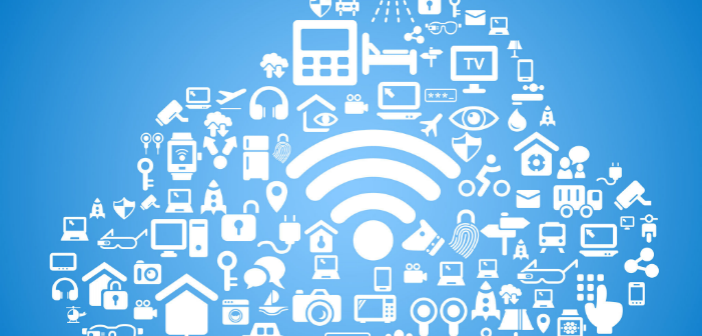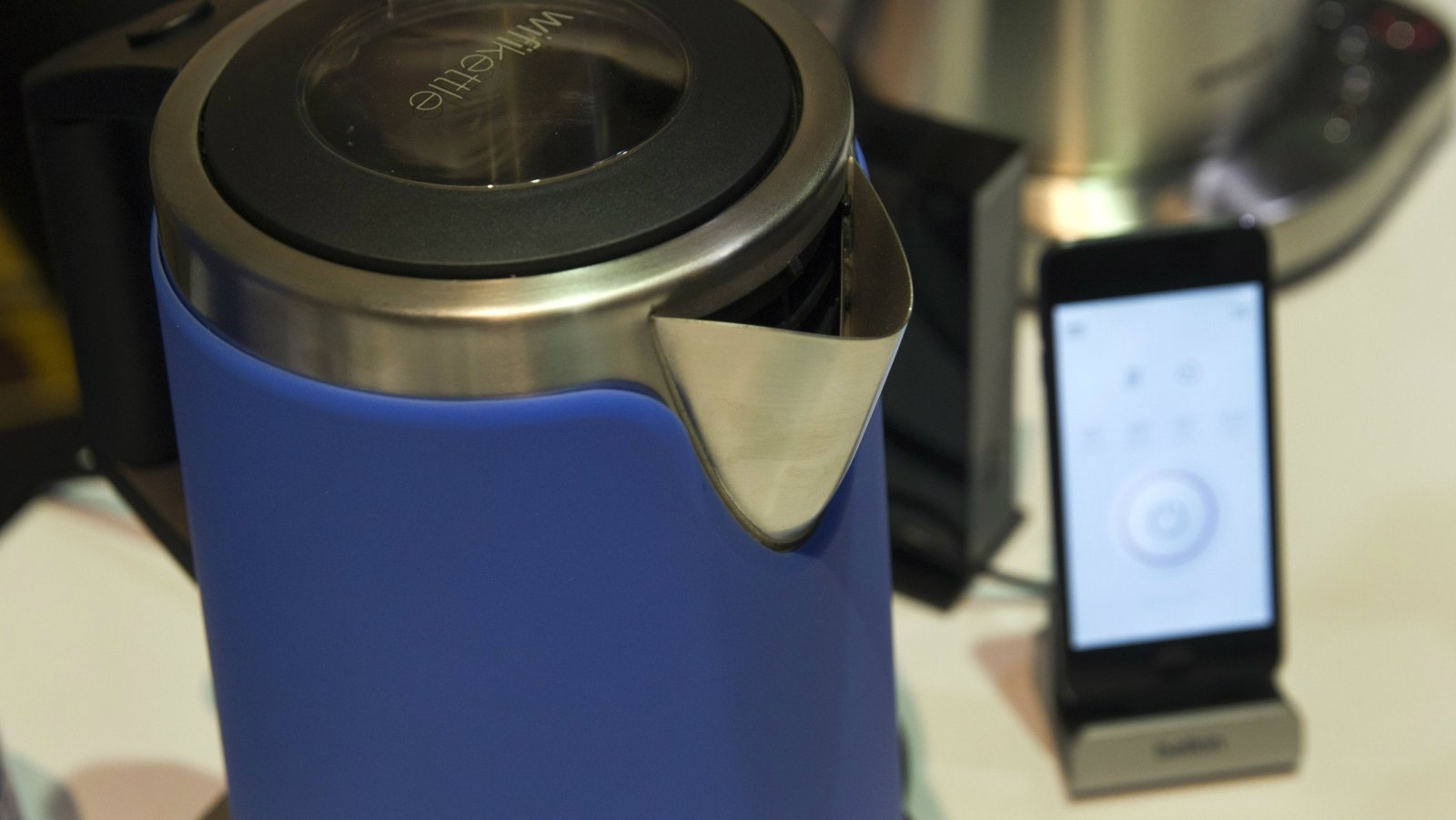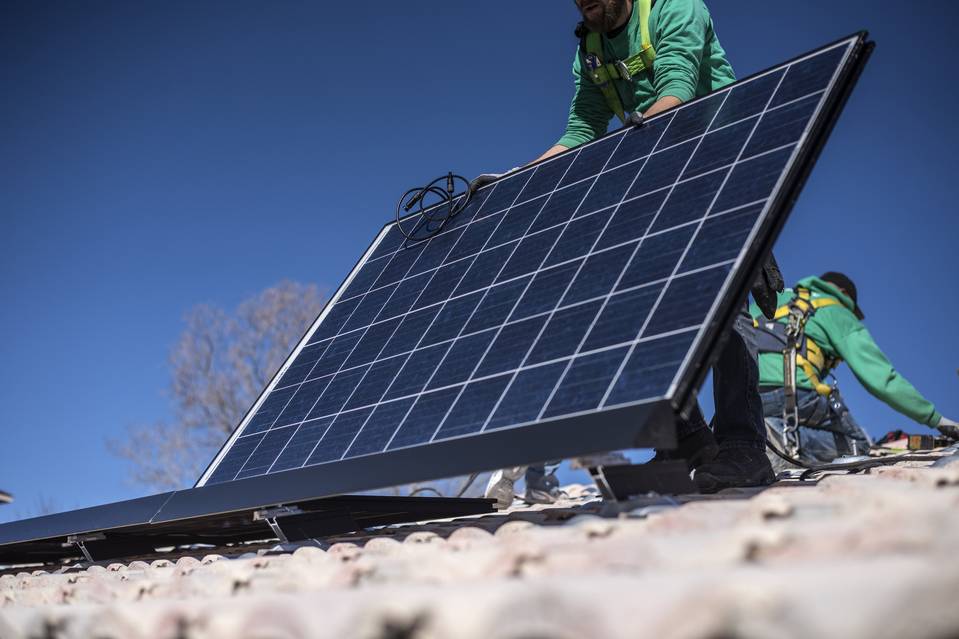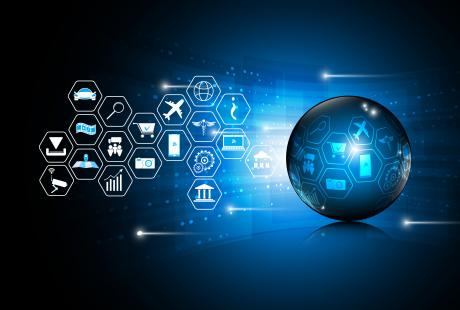The Internet of Things (IoT) may still be more hype than reality with a certain amount of inbuilt scepticism surrounding it, but this is going to change, and companies need to be ready. Germany’s main telco, tech and manufacturing companies have already formed the Internet of Things Alliance (iota) ahead of the upcoming IoT onslaught. The aim is to make sure that when devices do start speaking to each other, they’ll be speaking German. However, even with all this planning there’s a large stumbling block lurking on the horizon, which is a lack of a proper infrastructure to manage the vast diversified data, traffic, storage and processing demands associated with the IoT behemoth.
Source: The signal and the noise: Unleashing the power of the Internet of Things | IT Business Blog

